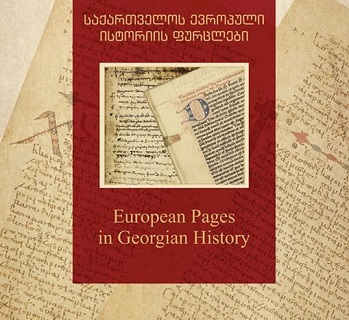Unique ancient manuscripts go on display in Georgia

Famous ancient manuscripts of historic European authors dating back to the 2nd century BC, including the work of Greek legend Homer, showing Georgia’s connection with the greater world and the development of European writing traditions are on display in Georgia for the next three days.
Georgia’s National Centre of Manuscripts is hosting an exhibition named ‘European Pages in Georgian History’ from November 4-7, where unique and ancient pieces of historic manuscripts from all over the world will be displayed.
The exhibition will contain manuscripts, photographs, archival material and books that emphasized the relationship between Georgia and the European space in ancient times.
One ancient piece of parchment on show will be Histories by Herodotus, which dated back to 450-420 BC. This manuscript was considered as one of the most important pieces in historic Western literature.
Exhibition visitors will also have the chance to see dozens of parts of original pieces from well-known writings including Homer’s The Odyssey and The Iliad written on papyrus, Traveling in Europe by Sulkhan-Saba Orbeliani (18th Century), and Geographical Atlas by Prince Vakhushti of Kartli, Vakhushti Batonishvili.
Batonishvili’s principal historical and geographic works, Description of the Kingdom of Georgiaand the Geographical Atlas, were inscribed on UNESCO's Memory of the World Register in 2013.
The ‘European Pages in Georgian History’ exhibition is being held as part of the celebration of Georgian Diplomats’ Professional Day, which has been marked in Georgia annually on November 4 since 2004.
The exhibition was prepared with the support of Georgia’s Ministry of Foreign Affairs.
 Tweet
Tweet  Share
Share